
Zermatt and Wengen
- Got into Zermatt as the sun was setting. Views from our hotel room were spectacular.
- Next morning the views were again spectacular, in a different way. As the sun came up it kissed the peak of the Matterhorn then slowly moved down the east face. The valley lit up and we could see all of the village and other surrounding peaks. Quite a start to the day.
- Checked out of the hotel then stowed our bags and took the train to Gornergrat to see the Matterhorn up close. Wow. It was amazing to be in this iconic mountain environment surrounded by clear blue sky. Lots of people skiing back down the slopes. The range of head wear was nice and diverse.
- Transited from Zermatt to Wengen via Visp, Spiez, Interlaken Ost, and Lauterbrunnen. Interesting scenery along the way.
- Weather forecast looked good the following day so we headed to Jungfraujoch on an early train. First big view from the ‘top of Europe’ is the Aletsch Glacier. Then saw the Jungfrau, Monch and Eiger peaks, all under clear skies. That was great for us as tourists, though it was unsettling to hear locals say how concerned they were about the lack of snow in winter.
- On the way back to Wengen we hopped off the Junfraujoch train at Eigergletscher (Eiger Glacier). Chairlifts, ski runs, restaurants. The scale of infrastructure in the Swiss Alps is quite amazing. Hopped off again at Kleine Scheidegg. Walked along the ‘Fox Run’ from Kleine Scheidegg to Wengernalp dodging experienced Swiss skiers and inexperienced tobogganing tourists. Lots of fun. Late train back to Wengen.
- Julie laid low with illness the following day so I pottered around Wengen. Next day was a transit from Wengen to Geneva via Lauterbrunnen, Interlaken Ost, Spiez, and Bern.









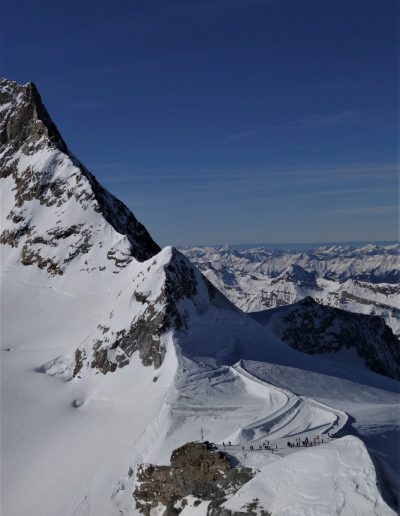
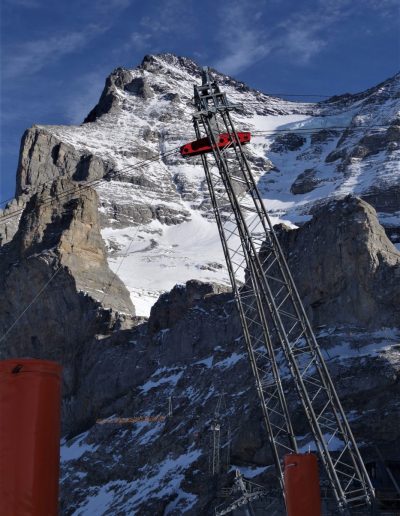







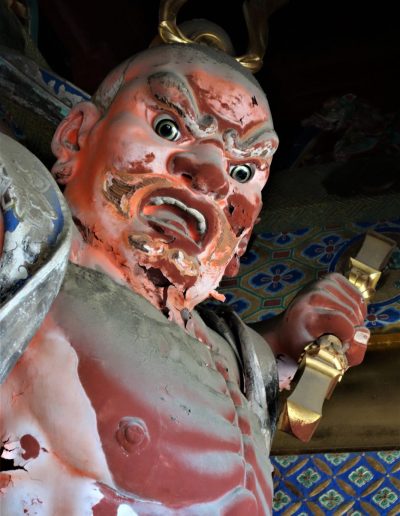





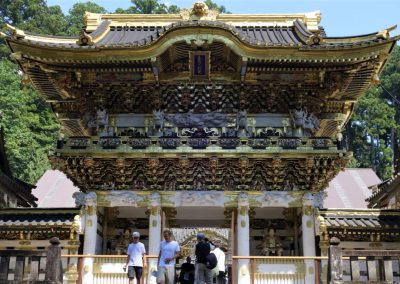




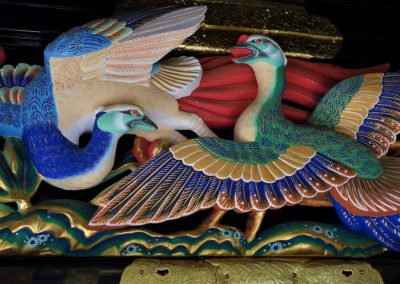































































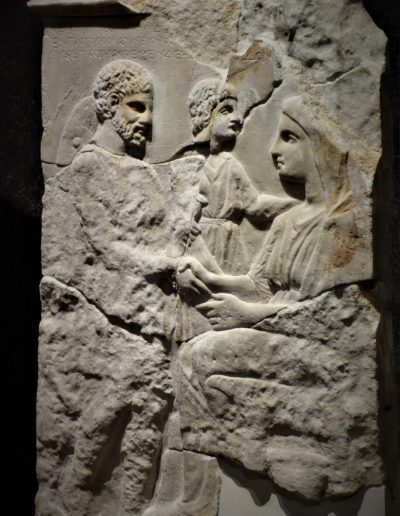





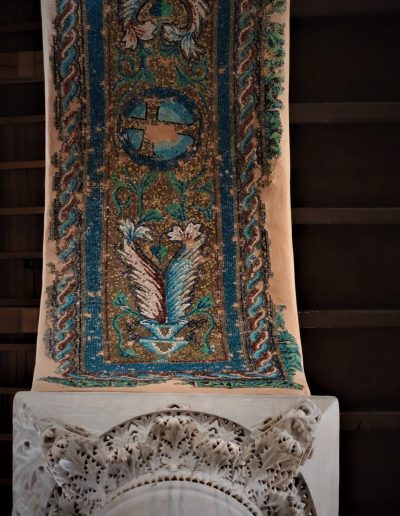






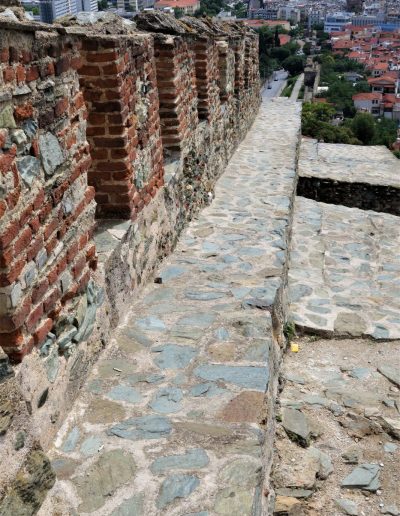
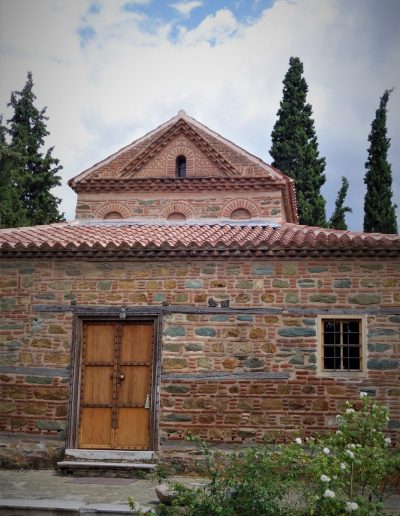









































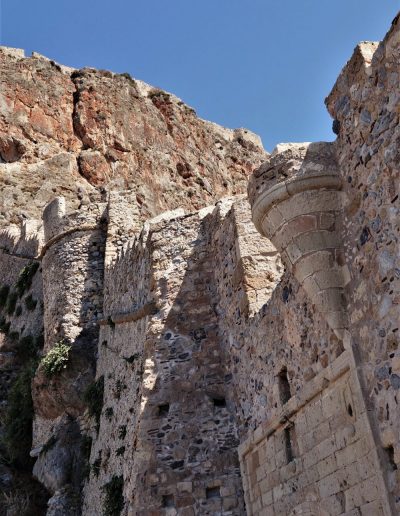



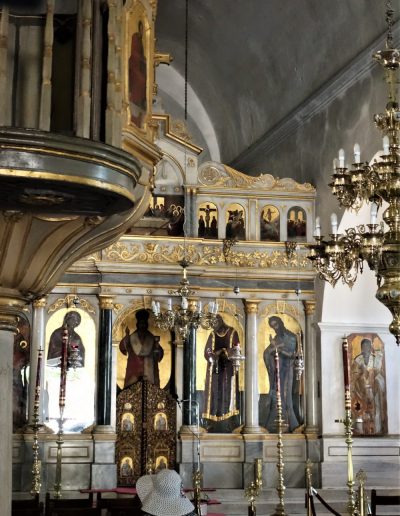














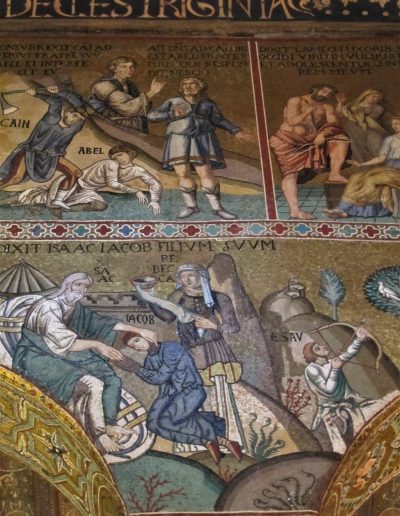

















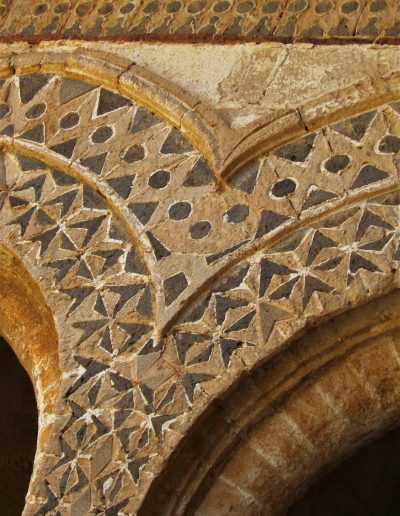











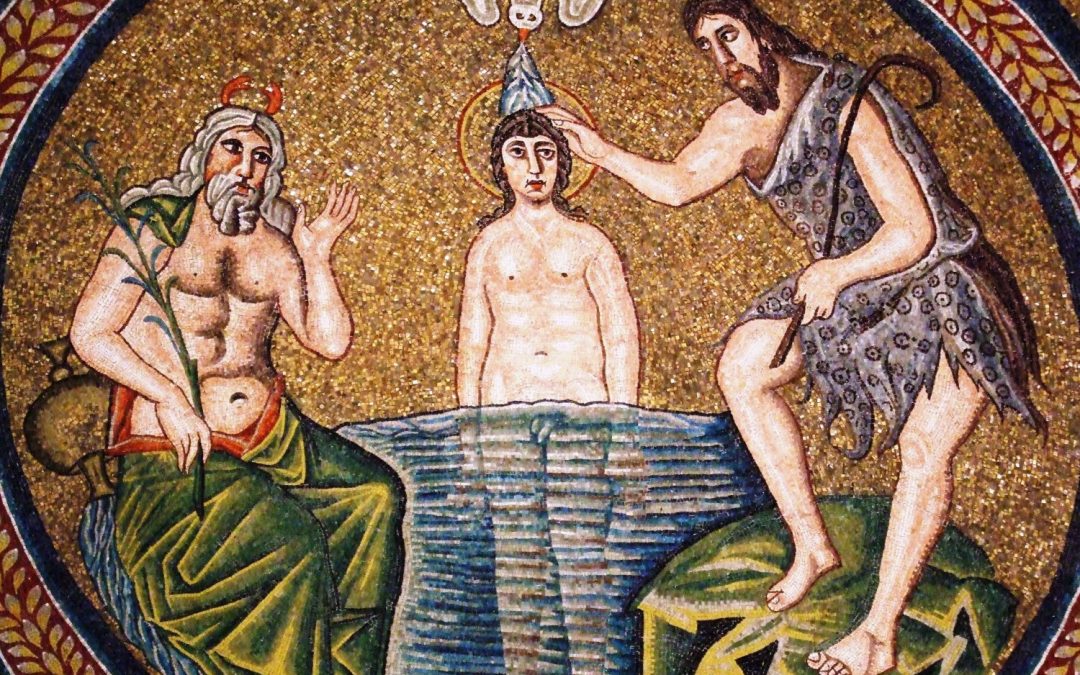














































































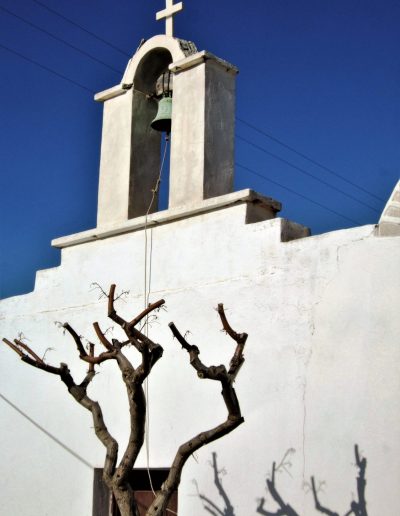



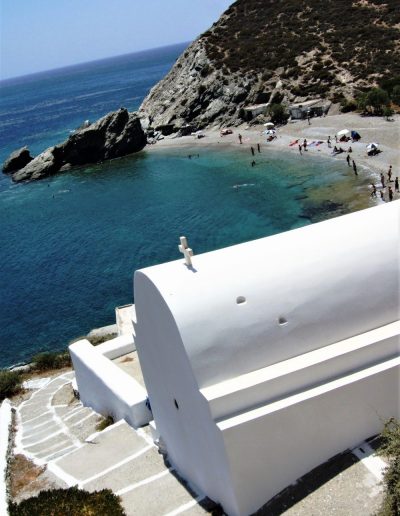




Recent Comments